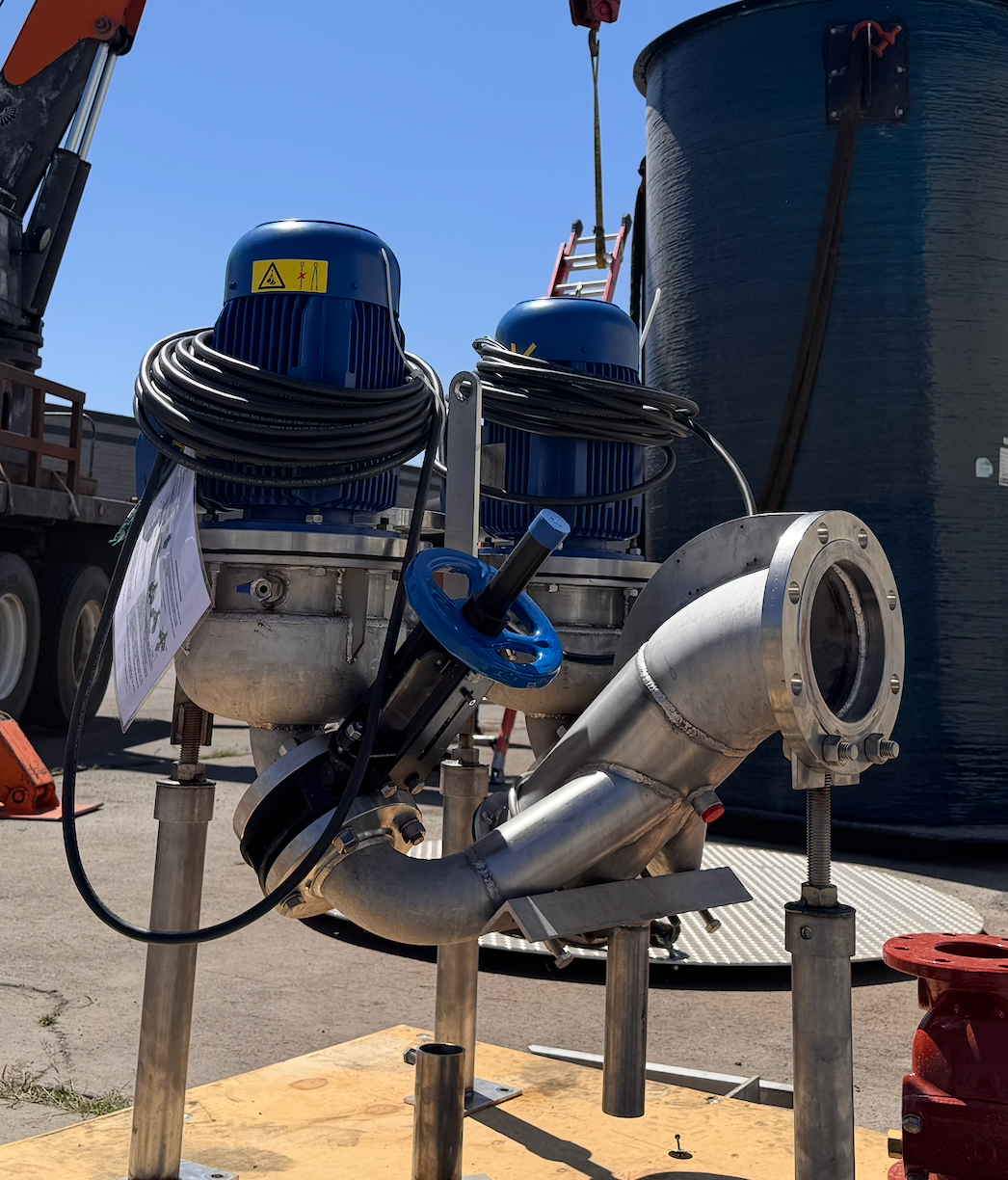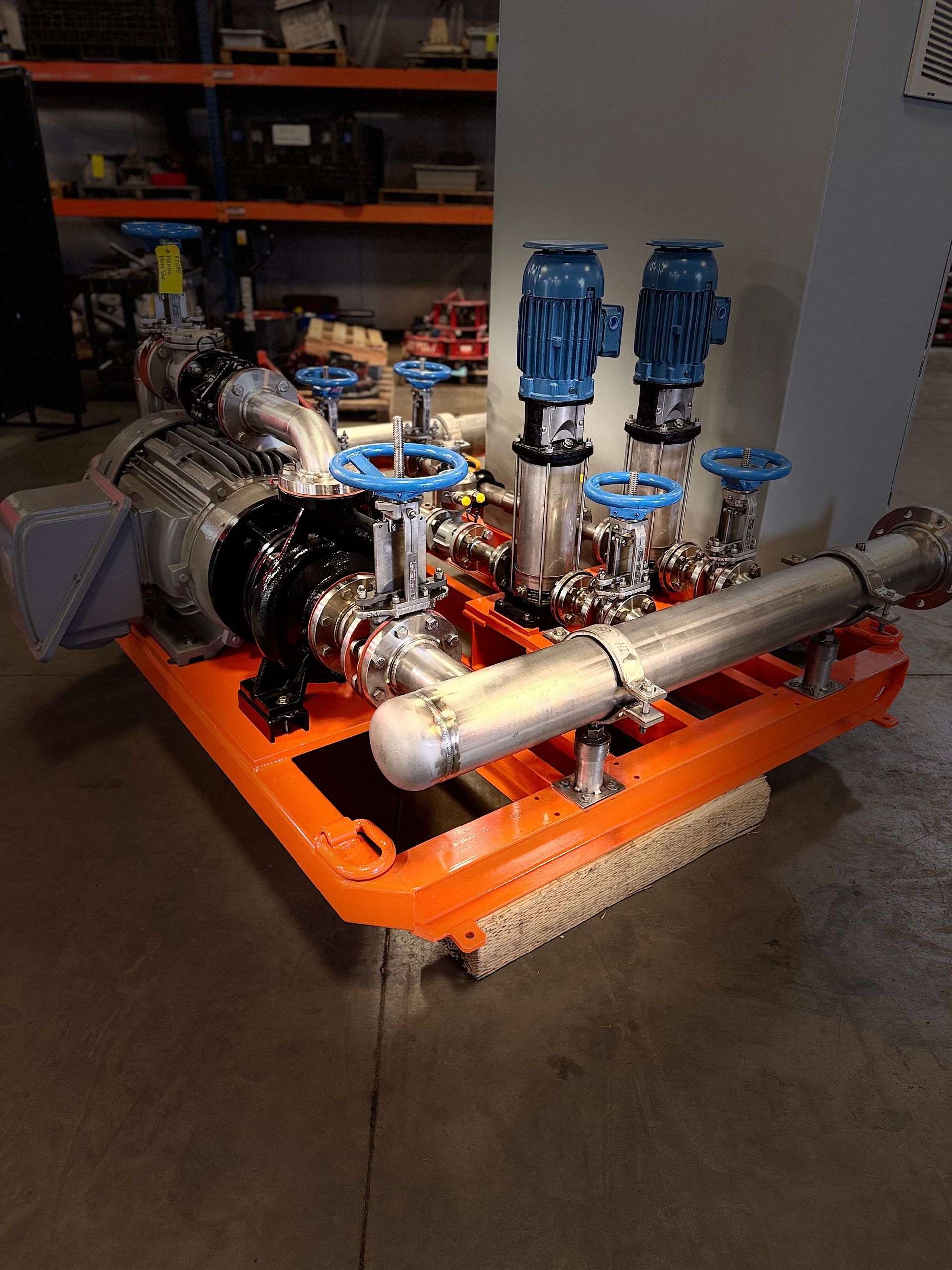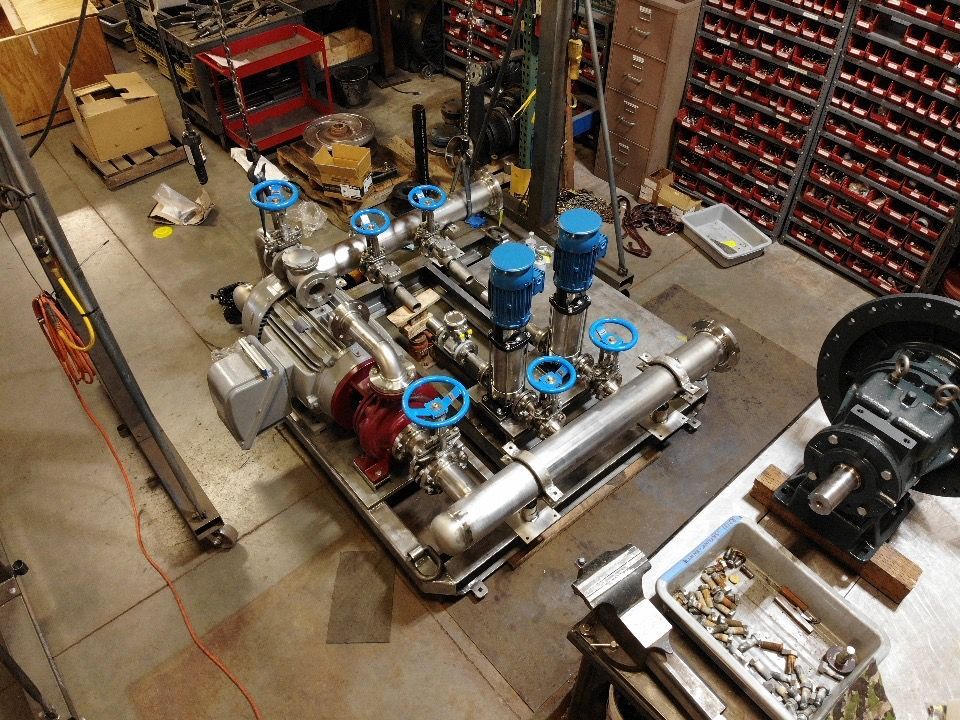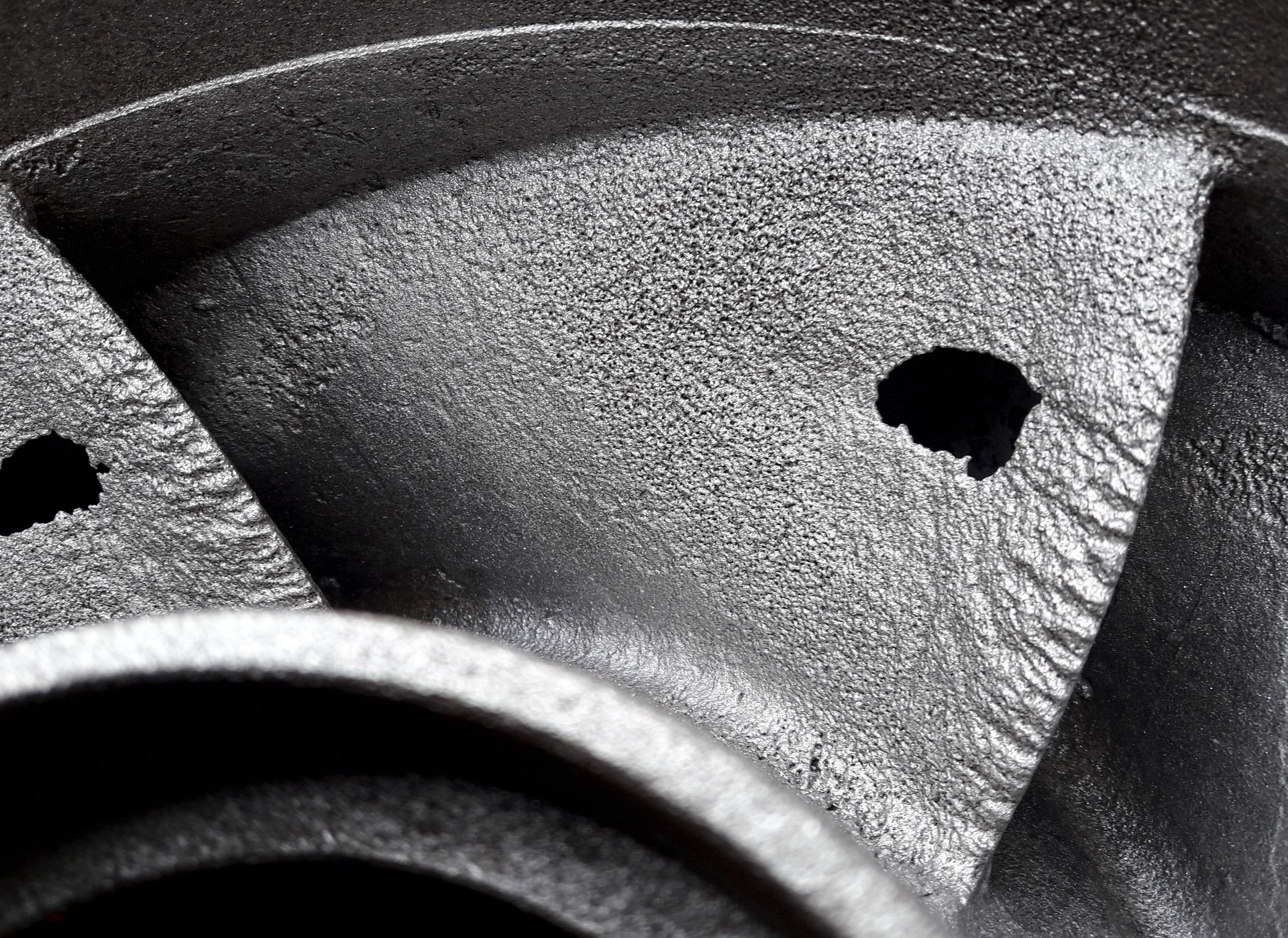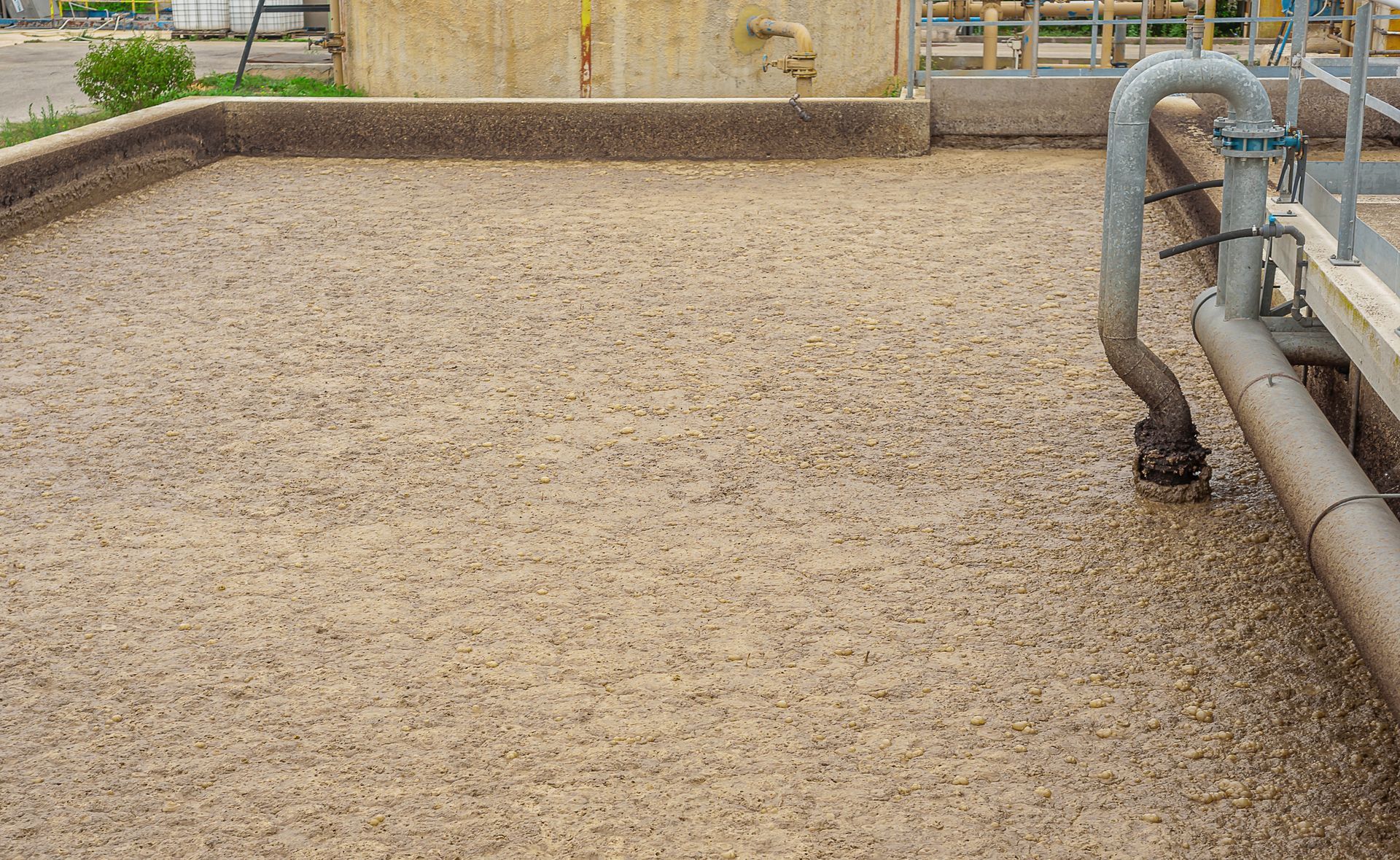Slurry Pumps 101: Selection, Maintenance, and Wear Materials

Slurry pumps are essential in industries like mining, dredging, and wastewater treatment because they transport solid–liquid mixtures under highly abrasive conditions.
This guide explains what slurry pumps are, when to use them, how to choose materials, and maintenance best practices to ensure reliable operation and extended service life. For foundational definitions, visit the Hydraulic Institute.
1. What Is a Slurry Pump?
A slurry pump is a robust centrifugal pump designed to handle mixtures of liquid and solid particles. These pumps are essential in industries like mining, dredging, and wastewater treatment. For a comprehensive understanding, refer to the Slurry Pump Handbook by Metso.
2. When to Use a Slurry Pump
Slurry pumps are ideal when dealing with:
- High solid concentrations
- Large, abrasive particles
- Corrosive or abrasive fluids
For detailed guidelines on slurry pump selection, consult the
Slurry Handbook by Xylem.
3. Choosing the Right Pump Configuration
Selecting the appropriate pump configuration depends on the application:
- Lined Pumps: Suitable for smaller, less aggressive particles
- Unlined Metal Pumps: Best for large, coarse solids
- Horizontal Pumps: Offer easy access for maintenance
- Vertical/Submersible Pumps: Ideal for pits or sumps
For more insights, explore the
Comprehensive Guide to Slurry Pumps by BBP Pump.
4. Key Wear Materials
Material selection is crucial for pump longevity:
- High-Chrome Alloys: Resist large, sharp solids
- Rubber Linings: Effective for fine, less abrasive slurries
- Ceramic Coatings: Offer extreme abrasion and corrosion resistance
5. Best Maintenance Practices
To ensure optimal performance:
- Routine Inspection: Regularly check impellers, liners, seals, and bearings
- Nose Gap Adjustment: Maintain proper impeller-to-liner clearance
- Flushing: Clean the system after shutdown to prevent buildup
- Seal and Bearing Care: Ensure proper lubrication and alignment
- Avoid Cavitation and Run-Dry Conditions: Implement controls to detect low flow or dry starts
For maintenance tips, refer to the
Slurry Pump Maintenance Guide by Spencer Stevenson.
6. Signs You Need to Intervene
Watch for:
- Excessive wear on liners or impellers
- Loss of flow or pressure
- Seal failure or bearing overheating
- Frequent clogging or short service intervals
These issues signal that material, configuration, or operating conditions may need adjustment.
Recommended Solutions for Common Slurry Pump Issues
- High wear rate
Use high-chrome, ceramic, or rubber-lined components suited to the specific slurry characteristics. - Cavitation risk
Maintain proper seal water flow, ensure sufficient NPSHa, and adjust pump speed to stay near the Best Efficiency Point (BEP). - Run-dry hazard
Install flow sensors or interlocks to shut down the pump before dry conditions cause damage. - Nose gap drift
Regularly inspect and adjust the impeller-to-liner clearance to manufacturer-recommended tolerances.
How Rhino Pumps Can Help
Rhino Pumps specializes in slurry pump selection, wear material customization, rebuild services, and maintenance planning. We help clients extend pump life, reduce downtime, and match the right equipment to tough slurry applications. Contact our team to get expert support or request a field consultation.


